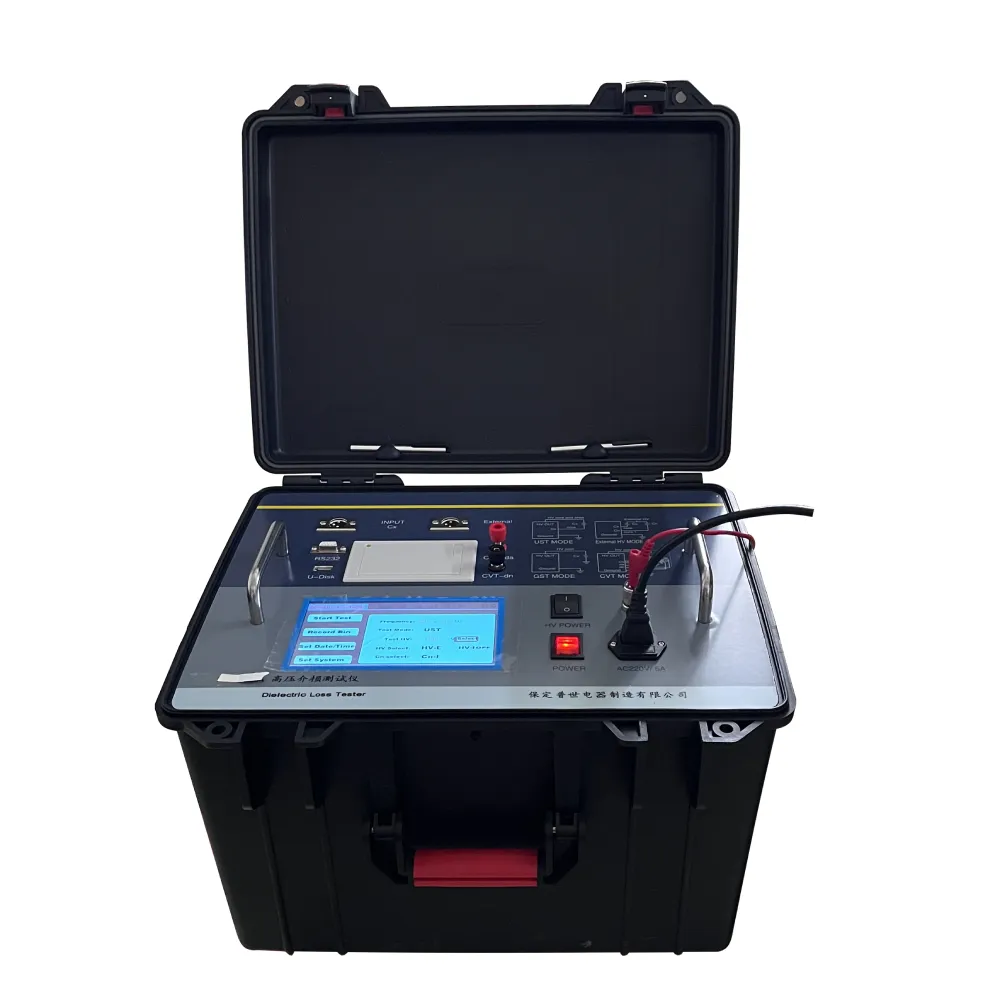 English
English


Potentiometric Redox Titration
Potentiometric Redox Titration A Precise Analytical Technique
Potentiometric redox titration is a sophisticated analytical technique used to determine the concentration of oxidizing or reducing agents in a solution. This method combines traditional titration with the principles of potentiometry, offering enhanced accuracy and sensitivity. The key to potentiometric redox titration lies in measuring the electromotive force (EMF) generated in the reaction between the titrant and the analyte, allowing for precise endpoint determination.
In a typical potentiometric redox titration, a redox indicator electrode and a reference electrode are employed. The redox indicator undergoes a distinct potential change as the titration progresses. As the titrant, which is either an oxidizing or a reducing agent, is added to the analyte solution, the potential of the indicator electrode shifts according to the Nernst equation, reflecting the changing concentration of the reactive species involved in the titration.
One significant advantage of potentiometric redox titration is its ability to provide sharp and well-defined endpoints. Unlike traditional colorimetric methods, which rely on visual color changes that can sometimes be ambiguous, the potentiometric approach yields a precise voltage reading that signals the completion of the reaction. This characteristic is particularly beneficial when titrating solutions that are either intensely colored or cloudy, where visual indicators may be ineffective.
potentiometric redox titration

Moreover, potentiometric redox titration can be applied across a wide range of chemical systems, from environmental samples to industrial processes. Common applications include the determination of chlorine levels in water treatment, quantification of transition metal ions, and analysis of antioxidants in pharmaceutical formulations. This technique also plays a crucial role in food science, helping to assess vitamin content and shelf life.
To ensure accuracy, careful calibration of the electrodes is essential. Selection of appropriate titrants and managing the experimental conditions, such as temperature and ionic strength, also influence the outcome. Automated titration systems have further enhanced the reliability and ease of this technique, allowing for rapid and reproducible results.
In conclusion, potentiometric redox titration serves as a valuable tool for chemists, offering high precision in quantifying redox-active species. Its ability to overcome the limitations of traditional titration methods makes it an indispensable technique in analytical chemistry. As continuous advancements in technology occur, the scope and applications of potentiometric redox titration are expected to expand, further solidifying its role in scientific research and industry.
-
Differences between open cup flash point tester and closed cup flash point testerNewsOct.31,2024
-
The Reliable Load Tap ChangerNewsOct.23,2024
-
The Essential Guide to Hipot TestersNewsOct.23,2024
-
The Digital Insulation TesterNewsOct.23,2024
-
The Best Earth Loop Impedance Tester for SaleNewsOct.23,2024
-
Tan Delta Tester--The Essential Tool for Electrical Insulation TestingNewsOct.23,2024





